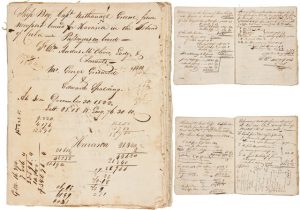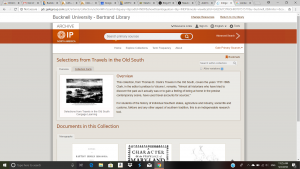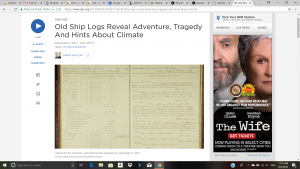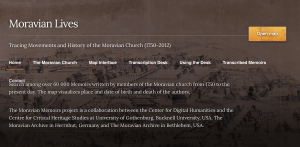Digital artifacts are used heavily nowadays. It is easier to gain access to the artifacts if they are on the web, and one can access them from around the world. With digital artifacts, people do not need to worry about storing them or protecting them. The artifacts will not decay, and people can analyze them years into the future. One of the main disadvantages of digital archives is that the researcher cannot touch the artifact when deciphering it. They are not able to analyze the material of the artifact or the kind of “paper” it was written on. It is also easier to examine something when one can move it around and look at it from all angles. Sometimes artifacts have brail written on them, so researchers would not have the ability to feel the brail writing if it were solely a picture on the internet. Most of the large-scale digital humanities projects require a lot of time and effort to gain a full understanding of the meaning hidden in the archive. It also seems as if most of the archives are very difficult to read and interpret. Many are written in foreign or old languages and ancient script handwriting.
Yes, I believe we are interacting with textual material more on than screen than on the page. Most research used to be done by checking out books in the library then returning them when finished. Now, researchers have the ability to google a specific topic and look at all of the different websites containing information on that topic. The internet contains everything one needs to know about their research topic in one space. It is much easier to google something than it is to check out several books and search through them for hours. With the internet, one can search for a specific word on that web page as well as gain access to all of these books at one time without a due date. Researchers can also bookmark pages, so they can go back later and access them quickly. It is also easy to analyze archives when they are digitized because they can be accessible anywhere at anytime.
I feel as if researchers are becoming less emotionally attached to their artifacts since they have become digital. There is a difference between holding a huge stack of papers containing all of one’s research and scrolling through pages on the computer. With the stack of papers, one is able to feel all of their hard work unlike solely looking at a screen. Researchers are also unable to touch their artifacts if they are digitized. These people would be upset if something happened to the artifact physically, but the artifact is unable to be damaged if it is in digital form. I also believe it is difficult to obtain a physical relationship with something that is digital. It is easier when one is able to touch the artifact and obtain a sense of its physical characteristics.
I do not believe digital versions of material texts highlight physical elements of texts. Some artifacts are very frail, and one could tell it was created many years ago. With the artifact in digital form, it is difficult to determine when the artifact was created. Sometimes one is also able to determine where the artifact came from based off of the material of it. Some supplies were not available in specific parts of the world. Digital versions also mask the ink used which could give more clues about the artifact. I believe many physical characteristics of an artifact go unnoticed when turned into a digital form.
 http://togointotheworld.blogspot.com/2013/06/ships-logs.html
http://togointotheworld.blogspot.com/2013/06/ships-logs.html
 http://www.titanicuniverse.com/titanic-artifacts/titanic-artifacts-15-2
http://www.titanicuniverse.com/titanic-artifacts/titanic-artifacts-15-2
Megan Koczur is a sophomore student at Bucknell University. She is a member of the Bucknell Swim and Dive team and intends on majoring in Computer Science and Engineering. She resides in West Chester, Pennsylvania with her her father, mother, sister, Erin, and two black labs, Brandy and Max.



